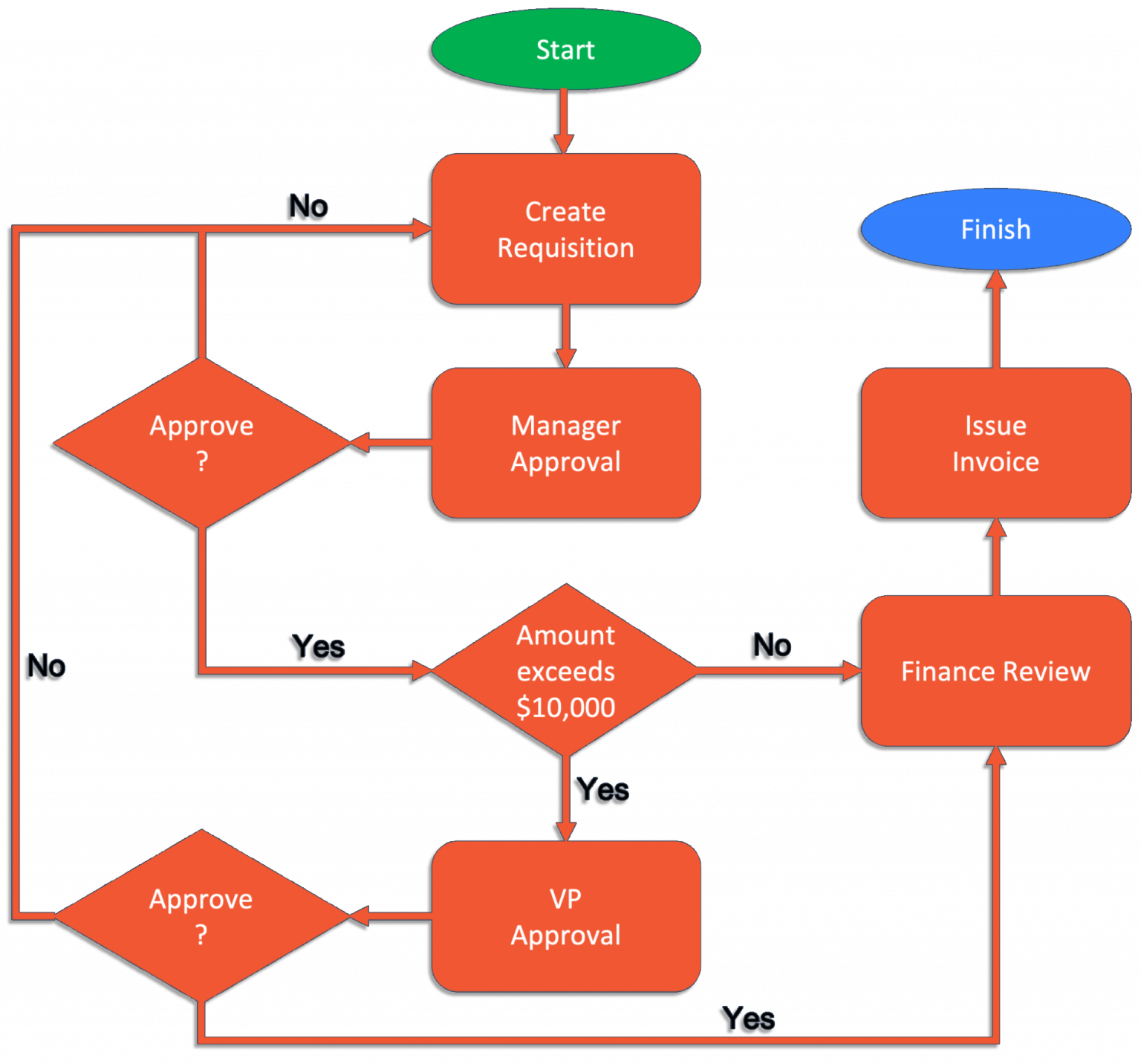Explicit knowledge is knowledge that can be easily communicated, documented, and shared. It's often referred to as "know-what" knowledge because it focuses on facts, figures, and information that can be easily articulated. It's the kind of knowledge you can find in books, articles, manuals, websites, databases, and other structured forms.
Key characteristics of explicit knowledge:
- Articulate: It can be expressed in words, numbers, symbols, or other forms of language.
- Codifiable: It can be captured and stored in tangible formats.
- Transferable: It can be easily shared and disseminated to others.
- Objective: It's based on facts and data, rather than personal opinions or experiences.
Examples of explicit knowledge:
- Written documents: Books, articles, manuals, reports, research papers, recipes, blueprints
- Visual media: Diagrams, charts, illustrations, maps, infographics, videos
- Audio recordings: Lectures, podcasts, presentations, music
- Digital content: Websites, databases, software programs, e-learning courses
- Mathematical formulas: Equations, theorems, algorithms
- Scientific facts: Laws of physics, chemical properties, biological processes
- Historical events: Dates, names, places, causes and effects
- Language rules: Grammar, syntax, vocabulary
- Business processes: Standard operating procedures, project management plans, marketing strategies
Benefits of explicit knowledge:
- Accessibility: It can be easily accessed and retrieved by anyone who needs it.
- Reusability: It can be used multiple times for different purposes.
- Scalability: It can be shared and disseminated to a large number of people.
- Consistency: It ensures that everyone is working with the same information.
- Innovation: It can be used to generate new ideas and solutions.
It's important to note that explicit knowledge is often seen as complementary to tacit knowledge, which is the personal, context-specific knowledge that is difficult to express and share. Organizations often strive to capture and share both types of knowledge to enhance learning, innovation, and performance.
Here are some images that illustrate examples of explicit knowledge:



